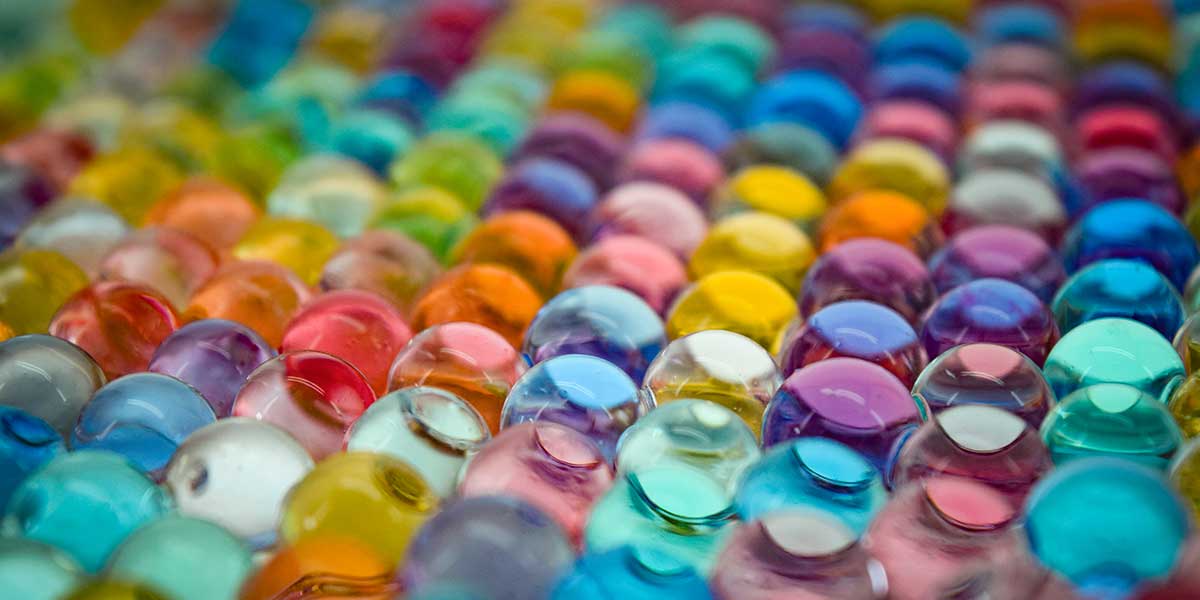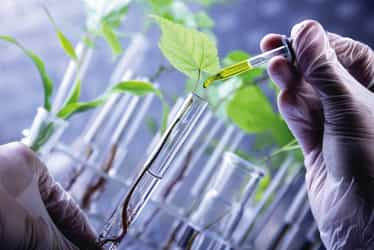
Sep 18, 2025
High-purity solvents are critical materials used across industries that demand exceptional chemical consistency, low levels of impurities, and strict adherence to safety and performance standards. Unlike conventional solvents, high-purity solvents undergo advanced refinement processes to ensure they meet exacting requirements for sensitive applications such as pharmaceuticals, biotechnology, semiconductors, and analytical testing.
The global high-purity solvents market has gained momentum as industries adopt cleaner processes, stricter regulatory compliance, and advanced manufacturing techniques. As research in life sciences, electronics, and energy storage accelerates, the demand for solvents with unmatched purity levels continues to rise.
High-purity solvents are organic or inorganic liquids with minimal contaminants, often less than a few parts per million. These solvents are essential in situations where even a trace of impurities could affect chemical reactions, distort analytical results, or compromise product quality.
They are commonly categorized into:
The pharmaceutical industry is one of the largest consumers of high-purity solvents. These solvents are essential in synthesizing active pharmaceutical ingredients (APIs), cleaning laboratory equipment, and ensuring contamination-free formulations. With the growing focus on biologics, vaccines, and advanced therapies, demand for solvents that meet international pharmacopeia standards is increasing.
The electronics industry, particularly semiconductor fabrication, requires solvents for cleaning wafers, etching, and removing residues during chip production. As devices become smaller and more powerful, impurities in solvents can disrupt circuit performance. The global shift toward advanced technologies such as 5G, IoT, and artificial intelligence is boosting demand for high-purity solvents.
Analytical techniques such as high-performance liquid chromatography (HPLC), gas chromatography (GC), and mass spectrometry (MS) rely heavily on solvents with very low impurity levels. As life sciences research expands into genomics, proteomics, and personalized medicine, laboratories are increasingly investing in ultra-clean solvents.
Government regulations on drug manufacturing, food safety, and electronic device production are stricter than ever. Regulatory authorities such as the FDA, EMA, and ICH require pharmaceutical and biotechnology companies to use solvents that meet stringent quality benchmarks. This push for compliance is a major driver of the high-purity solvents market.
Producing high-purity solvents requires sophisticated purification processes, including distillation, filtration, and chemical treatments. These processes increase costs, which can limit accessibility for smaller laboratories and developing economies.
Transportation and storage of high-purity solvents must be carefully managed to prevent contamination. This creates logistical complexities and additional costs for producers and distributors.
Many solvents are volatile organic compounds (VOCs) that can pose health and environmental risks. The industry is under pressure to innovate eco-friendly, bio-based, or recyclable solvents to reduce its environmental footprint.
North America dominates the market, driven by its robust pharmaceutical, biotechnology, and semiconductor industries. The U.S. leads in research and development, contributing significantly to solvent demand in analytical laboratories and drug production.
Europe’s focus on sustainability and green chemistry is shaping the high-purity solvents market. Countries like Germany, Switzerland, and the U.K. are investing heavily in pharmaceutical and specialty chemical industries, supporting market growth.
Asia-Pacific is the fastest-growing region due to rapid industrialization and strong demand from electronics manufacturing hubs in China, Japan, South Korea, and Taiwan. India’s growing pharmaceutical sector also plays a vital role in boosting regional solvent demand.
Countries in Latin America and the Middle East are gradually adopting advanced manufacturing practices. Although demand is smaller compared to other regions, expanding healthcare systems and industrialization are opening new opportunities.
The global market for high-purity solvents is estimated to grow from $32.7 billion in 2025 and forecast to reach $45 billion by the end of 2030, at a compound annual growth rate (CAGR) of 6.6% from 2025 through 2030.
Green and Bio-Based Solvents
Sustainability is a key trend across industries. Companies are exploring bio-based high-purity solvents that minimize environmental harm while meeting regulatory standards.
Advanced Analytical Applications
The growing complexity of drug development and molecular diagnostics requires solvents with even higher purity levels. This trend will drive innovation in ultra-pure solvent formulations.
Integration with Nanotechnology
Nanotechnology applications in medicine, materials, and electronics demand solvents with superior precision. This niche is expected to emerge as a significant growth avenue.
Digital Supply Chain Solutions
With strict purity standards, blockchain and IoT-based tracking systems are being explored to ensure solvent integrity during transport and storage.
The future of the high-purity solvents market looks promising. Rising demand in pharmaceuticals, semiconductors, and research is expected to drive consistent growth. As sustainability becomes a key priority, the market will likely shift toward greener production methods and bio-based alternatives.
Moreover, technological advances in purification, combined with digital tracking systems, will enhance quality assurance and regulatory compliance. The integration of high-purity solvents into next-generation technologies like nanomedicine, quantum computing, and energy storage will further strengthen market potential.
High-purity solvents are indispensable in industries where even the smallest impurity can compromise safety, accuracy, or performance. From life-saving drug development to cutting-edge electronics, these solvents underpin some of the most advanced innovations in the modern world.
While challenges related to cost, logistics, and environmental concerns persist, ongoing research and technological progress are paving the way for more sustainable and efficient solutions. With strong demand across pharmaceuticals, biotechnology, electronics, and analytical sciences, the global high-purity solvents market is set to remain on an upward trajectory.

I am Adarsh Rawat and I have a degree in BBA from Jamia Milia Islamia, I have honed a diverse skill set that spans digital marketing, traditional advertising, brand management, and market research. My journey in marketing has been characterized by a commitment to innovation and an ability to adapt to emerging trends.

As the world approaches sustainable construction practices, engineered wood beco...

In the age of smartphones, solar panels, and AI-powered devices, certain materia...

Acrylic coatings are everywhere, from the walls in your home to the cars on the ...

We are your trusted research partner, providing actionable insights and custom consulting across life sciences, advanced materials, and technology. Allow BCC Research to nurture your smartest business decisions today, tomorrow, and beyond.
Contact UsBCC Research provides objective, unbiased measurement and assessment of market opportunities with detailed market research reports. Our experienced industry analysts assess growth opportunities, market sizing, technologies, applications, supply chains and companies with the singular goal of helping you make informed business decisions, free of noise and hype.